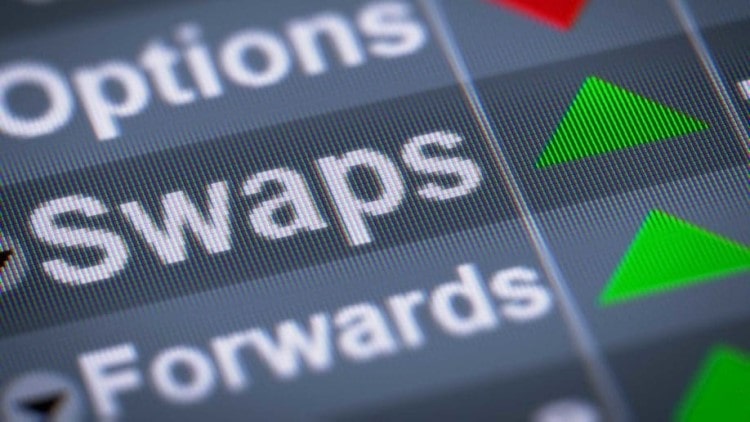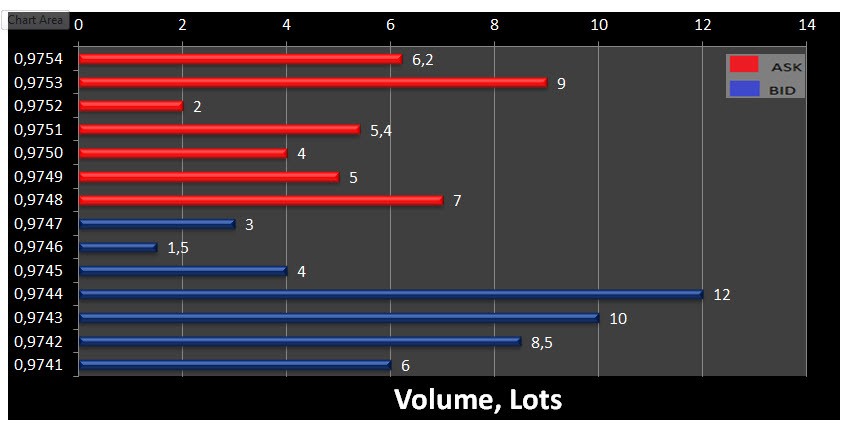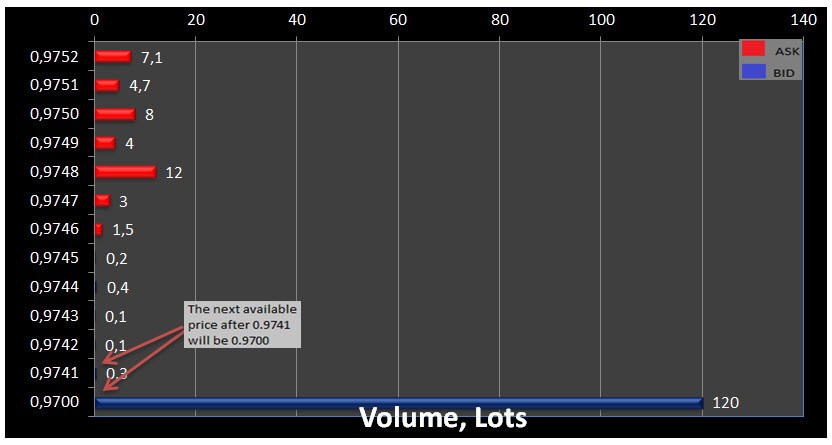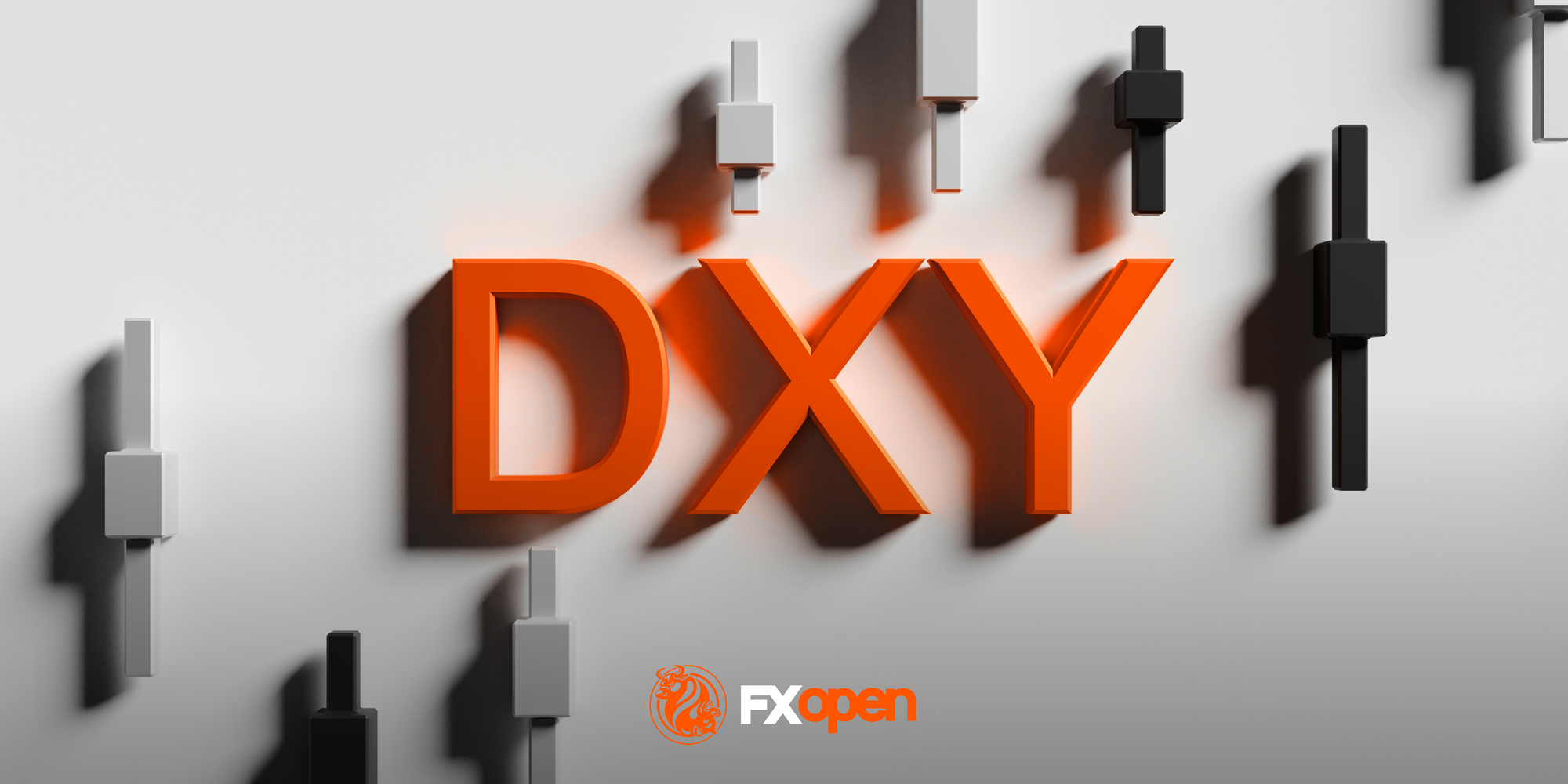FXOpen

Traders commonly interpret payment for retaining an open position overnight (aka Swap) as an additional fee, which they must pay to their broker since Swap is negative for most of the currency pairs. In other words, it is a debit to customers’ accounts. However, for some currency pairs, it is positive. Therefore, sometimes traders try to make a profit on the Forex market at the end of the trading session on Wednesday when a triple Swap is charged.
What is Swap in Forex Trading
In order to realize what events take place on the Forex market right before Swap is charged, let’s define what is Swap. Swap is an arrangement of two opposite side contracts, one of which closes previously opened trade and the other reopens an identical trade, but at a different price level, so that it takes into account the payment for retaining that position. Hereby, banks and other liquidity providers carry out daily settlement procedures.
There are two types of swaps: Swap long and short. Swap long is used to keep long positions open overnight, and Swap short is correspondingly used to keep short positions open overnight.
How to calculate swap: formula and example
Currency swaps are calculated using a single formula, which is given below:
SWAP = (Transaction Amount X (Interest Rate Difference + Broker’s Commission) / 100) X Current price of the currency pair / Number of days per year
The main variables to pay attention to here are the difference in interest rates between the base and quoted currencies. This is a good demonstration of how to earn Swap in forex. Also, you get a very clear representation of what is a swap fee in Forex.
Let’s assume that we work with the EUR/USD currency pair and model a situation in which the ECB rate is at 1% and the Fed rate is 2.5%. We buy one lot (that is 100,000 units) of EUR/USD. The broker’s commission is 0.2%.
In case we buy a currency pair, we should take the quoted rate from the base currency rate: 1 – 2.5 = -1.5. This results in a negative rate difference and therefore in a negative swap. If we sell a pair, we have to subtract the base rate from the quoted rate: 2.5 – 1 = 1.5, which leads us to a positive swap. This is how we determine whether or not this swap is profitable for us. If we need to know the final swap amount, we simply substitute all values in the formula.
What value will we get for the EUR/USD pair when calculating the negative swap?
SWAP = (100 000 *(-1.5 + 0.2)/100) * 1.13654/365 = -4.04 EUR
How to Get Positive Swap in Forex
Traders, who try to make money using a Triple Swap strategy, usually act in the following way: they buy Australian Dollar against US Dollar (since the interest rate on AUD is higher) 20-30 seconds prior to Swap being charged, that means, they go Long AUDUSD without giving any consideration to the direction of the trend. In 10-15 seconds after SWAP is charged, traders liquidate that order. It is important to understand, that between the initiation of the transaction and its liquidation, i.e. for 40-50 seconds, a full cycle of settlement is carried out (as described above).
If at a specified time price has soared or remained practically unchanged, the client by closing the transaction receives either positive or zero gain along with a positive swap. In case of adverse price movement, the financial result of the transaction will obviously be negative. However, the client will presumably receive income in the form of a difference between a positive swap and a loss on the transaction plus the broker’s fee.
How to avoid Forex swap?
If you don’t want to lose a dime of your money swap can be avoided. There are a few options available to avoid swap charges in Forex trading.
By trading only in the direction of positive interest
You can choose a currency that gives a positive swap and trade only in that direction. This method is not recommended unless the direction of choice is very favorable in terms of trading results.
By trading only Intraday and closing positions by 5:00 PM
If you are are in and out before rollover time, you would avoid the overnight FX swap. It should be noted, however, that your aspiration to become an intraday trader should be influenced not by the desire to avoid swaps, but by a well thought out strategy.
By opening a swap-free Islamic account
Swap-free accounts were created primarily for Islamic countries where swaps are prohibited under Sharia law. Among the advantages of such accounts are the following:
- brokerage fees or loss of interest in currency exchange are excluded;
- trading on these accounts is limited to the day on which the asset is used, which in theory may prevent significant losses.
What is the difference between the FX swap and forward?
These two significantly different types of fixed-term financial contracts have something in common — they are concluded off-exchange. Although intermediaries, typically commercial banks with high credit ratings, may be used to conclude and execute them.
However, swap differs from forward in two important features:
- the object of the contract is not a commodity, but cash flow;
- the contract is concluded not for a single transaction, but for multiple transactions.
What is Carry Trade
Unlike Triple Swap trading – which is conducted in a very short time frame, Carry Trade is an investment strategy. Carry Trade is also based on the idea of borrowing a low-interest-rate currency and investing the proceeds into a high-interest rate currency. The gain comes in a form of difference between those interest rate yields. By choosing this method of investing, a trader accepts the risk of adverse price movement on a financial instrument.
Currently, the interest rate for the Australian Dollar is higher than the rate for the U.S. dollar. Therefore, the volume of long positions on the AUDUSD pair considerably exceeds the volume of short positions. At the closing of each trading session, long positions on AUDUSD are liquidated, resulting in a large number of sales in the Australian dollar. That consequently leads to a decrease in the level of BID quotes which widens the spread, while the level of ASK quotes remains practically unchanged. Then, at the time of the reopening of those positions, when the Australian dollar is repurchased, BID price rises and restores the spread to its previous levels.
On ECN BID and ASK prices are formed by the so-called “Depth of Market” also known as Level 2. This technology combines information received from Liquidity Providers with the broker’s own book of limit orders so that available volumes at various price levels form a liquidity pool.
Depth of Market at any given time looks as follows:

Buy and Sell orders of particular currency pairs are grouped according to the price, while charts only display the best Bid and Ask prices.
In order to conduct the procedure of session closing – settlement, it is necessary to close all open positions and then reopen them at the price, which will take into account Swap. Recall, that one closes deals with opposite side deals, which means, that for closing Buy order bank should sell previously opened contracts. It can be done either by matching against a Market order (Market Order Sell) placed by other broker’s clients, or by matching with Pending orders (Buy limit) placed by Liquidity Providers and clients.
Hereby, when an aggregate volume of long positions significantly exceeds the volume of short positions, at the time of settlement Depth of Market looks like this:

A large volume of Buy Limit orders from Liquidity Providers (Bid prices for broker’s clients) is consolidating at the price level, which is different from the current (the volume of 120 lots at the price of 0.9700). Buy Limit orders placed by the broker’s customers represent a small part of total liquidity (orders at the price from 0.9745 to 0.9741).
As previously mentioned, at each point of time the best Ask and Bid prices are displayed on the charts. At these prices, orders are executed every given moment of time. However, one should not overlook the fact, that those volumes which are available for buying or selling of a currency at these prices might be minuscule. And if there is a large volume order, the price of the bargain conclusion will be widely different. At the moment the best Ask price is 0.9746, the best Bid price is 0.9745. If during a short period of time customers or liquidity providers don’t place any orders, the order Sell Limit with volume 1.5 Lots at the price 0.9746 (Ask price) will be matched with Buy Limit orders with total volume 1.1 lots (0,2+0,4+0,1+0,1+0,3) at the prices from 0.9745 to 0.9741 (Bid prices). The next available price will be 0.9700. Hereby, due to the considerable difference between prices, there will be a spike on the chart.
Over the next a few seconds all the positions on AUDUSD will be reopened at prices that take into account Swap and Bid quotes will stabilize.
However, if the client has a low Margin Level, it is possible, that orders will be automatically closed according to the Stop Out procedure. If the price gap occurs, all the orders will be closed at the next available price after Gap. As a result, the client’s balance might become negative, then it will be adjusted up to zero.
Example №1
A trader opened the order Buy AUDUSD with volume 31.10 Lots at 23:59 server time. In a few seconds after Swap is charged he closed the order. In spite of the fact, that the order was closed with the loss of -528.70 USD and trader paid the commission of -154.18 USD to the broker, credited Swap covered losses and resulted in a net gain of + 110.17 USD.
At the same time, in case of low liquidity in the market and low Margin level (when the volume of opened order was too large), trader might make not a profit, but loss, and lose a significant part or all of the deposit.
Example №2
A trader opened order Buy with the volume of 25.40 Lots, the balance of his account was 5026 USD, Used Margin was 4951 USD. After the abrupt movement, the order was closed according to Stop Out procedure. The client made a loss -11734.80 USD and paid the broker’s commission -123.78 USD. There was no enough money on balance to cover the loss; therefore, the balance was adjusted at the broker’s expense.
Thereby, Carry Trade investing brings a guaranteed income only if the exchange rate of the currency pair remains unchanged. Applying Carry Trade, as well as any other strategy on the Forex market, involves various risks, therefore, its use must be based on thorough market analysis.
This article represents the opinion of the Companies operating under the FXOpen brand only. It is not to be construed as an offer, solicitation, or recommendation with respect to products and services provided by the Companies operating under the FXOpen brand, nor is it to be considered financial advice.
Stay ahead of the market!
Subscribe now to our mailing list and receive the latest market news and insights delivered directly to your inbox.







